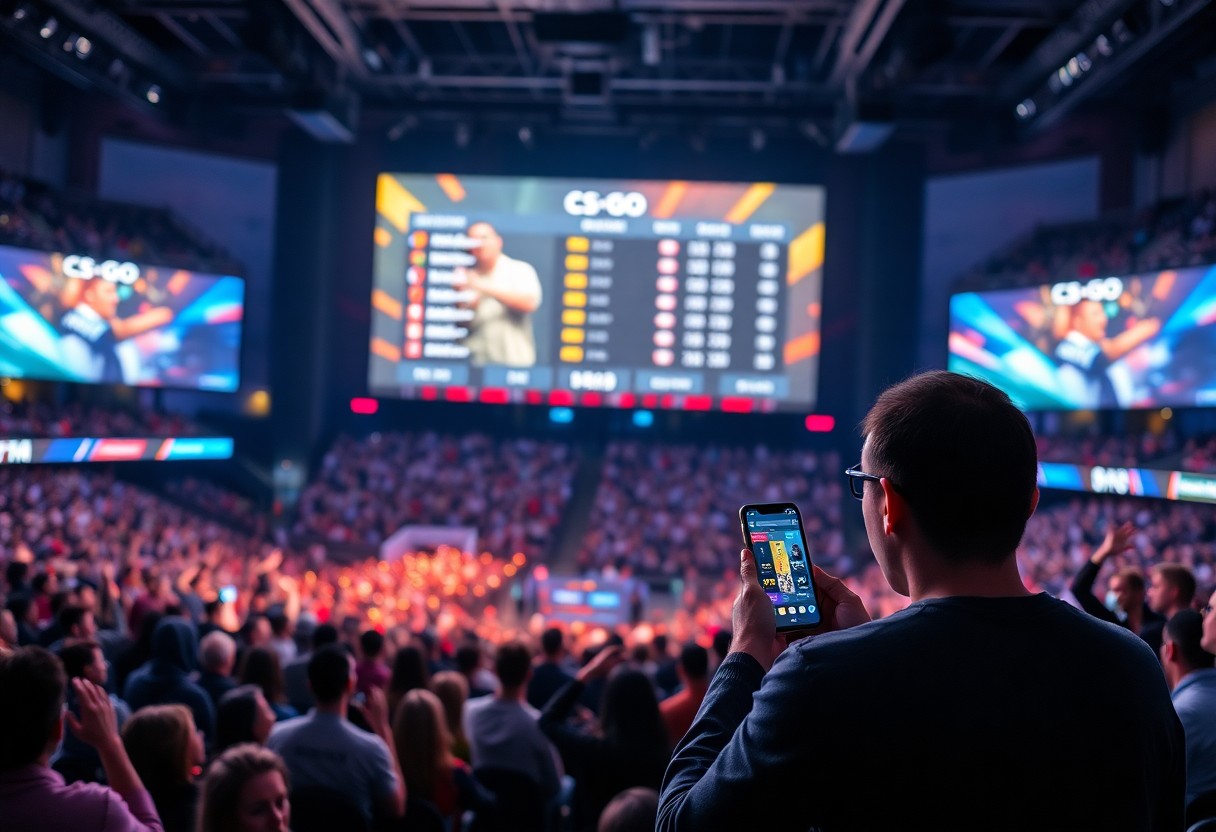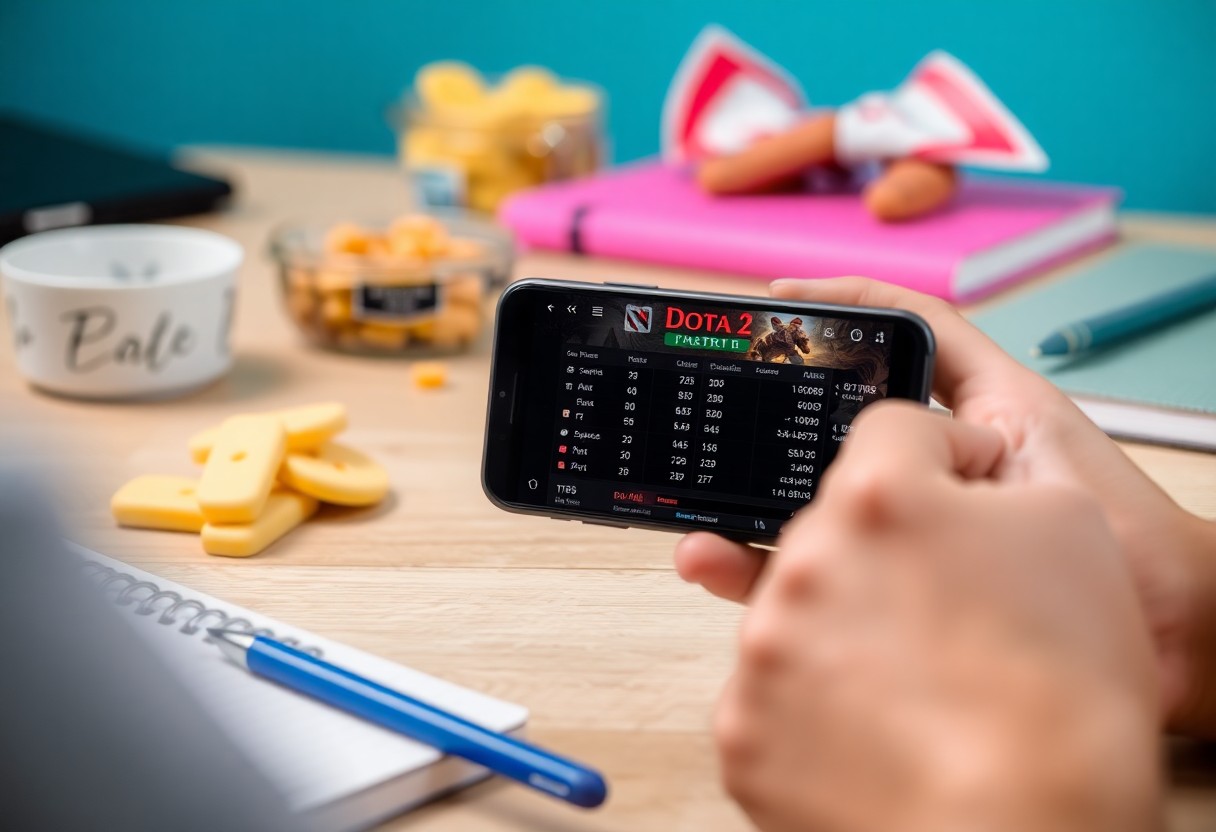LoL teams are continually refining their strategies and approaches, particularly when mid-season patches and balance changes are released. These updates can significantly impact gameplay by altering champion abilities, item effectiveness, or even the overall meta. As such, the ability to adapt to these changes can often determine the success of a team in the competitive landscape of League of Legends.
Mid-season patches are typically loaded with substantial changes that can reshape every aspect of the game. Developers at Riot Games utilize player feedback, observation of competitive play, and data analytics to identify areas that require adjustment. This could include nerfing champions that dominate the meta or buffing underused champions to foster diversity in playstyles. Consequently, teams need to closely analyze patch notes and understand how adjustments impact their preferred champions and strategies.
To effectively manage these mid-season changes, teams often hold comprehensive review sessions and scrims with the goal of identifying which champions are now stronger or weaker due to updates. Individual players will scramble to test these changes within ranked games to gain practical insight before incorporating new strategies in team practices. This agility allows teams to pivot swiftly toward optimal compositions that make use of patched champions and refined item builds.
Flexibility is another fundamental aspect of how teams cope with balance changes. Acknowledging that favorites from previous metas may not be viable anymore or that certain strategies will need tweaking is imperative. Teams who succeed in adapting often adopt a “trial and error” approach during practice, where they experiment with new picks and strategies that align with the latest patch. This involves scouting enemy strategies and working on counterplays or integrating newly buffed champions into their game plan.
Furthermore, communication within the team becomes paramount as roles can shift dramatically based on patch changes. For instance, if a particular jungler’s effectiveness diminishes, another player may need to adapt to fill that vacuum. Effective communication ensures that each player understands their role in the evolving landscape, fostering teamwork and cohesion. With practice, teams aim to streamline their synergy with fresh compositions tailored to the balance changes.
Additionally, veteran coaches and analysts play a significant role in guiding teams through mid-season adjustments. They analyze patches meticulously, offering insights and recommendations on which champions to prioritize. Coaches may also implement new strategies they observe from top-tier competitions, ensuring their team remains competitive against evolving gameplay. This analysis is often supplemented by a review of game footage from both their matches and those of rivals to identify winning approaches.
In closing, successful adaptation to mid-season patches and balance changes is an indispensable skill for LoL teams. It requires an inherent understanding of the game’s mechanics, ongoing communication among team members, and a willingness to innovate in the face of shifting dynamics. Ultimately, the teams that can seamlessly adjust are often the ones that make the most significant strides in achieving their competitive goals.





